YOUR ADS ARE SEEN, BUT ARE THEY REMEMBERED?
Published: Fall 2019
Viewability has traditionally been the most popular indicator of a digital campaign’s success. But just because an ad has a chance to be seen, does that mean that consumers are actually seeing it? Or remembering it?
According to Forbes, we are exposed to anywhere between 4,000 to 10,000 ads each day, yet, when asked, few consumers can recall a single ad they have seen in the last 24 hours. With this in mind, Kargo and research partner, Tobii Pro Insight, set out to better understand which ad units capture visual attention & the critical metrics that viewability alone doesn't measure.
Background
In the late 2000s, various online advertising agencies and major brands began to acknowledge an obvious drawback in the current state of online advertising impression measurement: ads that contain images, rich media or other content, are ultimately downloaded to the page when the page loads or when it refreshes, regardless of whether the portion of the page they are on is visible. Advertisers were paying for “impressions” with no assurance as to whether those ads had the opportunity to be seen by an individual.
In 2014 the MRC and the IAB created an official standard for viewability stating that an ad impression must have at least 50% of its total pixels inview for at least one second in order to be considered viewable. Since it’s codification, viewability has become a driving force in the KPI optimization of ad campaigns across the entire industry with some estimates suggesting that as many as 95% of digital ad campaigns are now optimized to viewability.
Which made us question, does optimizing to viewability go far enough? Just because an ad has a chance to be seen, does that mean that consumers are actually seeing it? Or remembering it?
The Goal & methodology
Kargo wanted to test the standard definition of viewability against consumers’ interactions with ad units across different platforms. Regardless of how long a unit is on-screen or in-view, it’s critical to a business’s success that a user sees it and processes the information to drive outcomes. To understand this, we partnered with Tobii Pro Insight to measure eye movement as consumers are exposed to ads on mobile web, Instagram, mobile games and desktop.
Key Learnings
Which ad formats in which environments are most viewable?
Does viewability translate into attention, memory and ultimately effectiveness?
Does optimizing to viewability go far enough?


